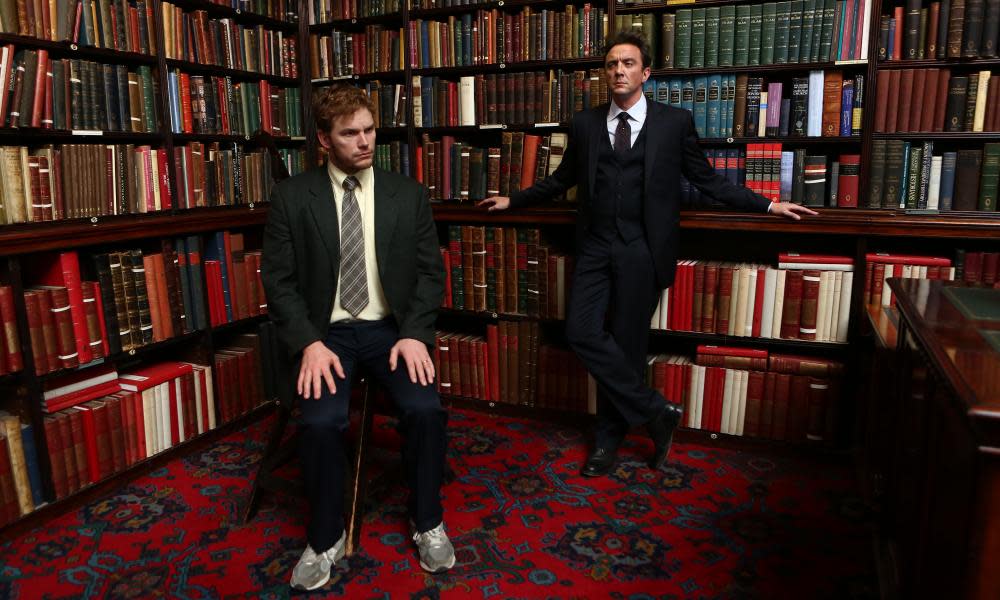What’s the optimum number of series for a sitcom?

There is a widespread misconception that the classic two-series sitcom – Fawlty Towers, The Office, Fleabag – is national character in action. British writers show restraint and an unerring sense of moderation, which, it is argued, contrasts with the wild excesses of the American temperament. How else to explain 12 seasons of Two and a Half Men, plus 18 (and counting) of Family Guy? American sitcoms, like American soda servings, are oversized to the point of absurdity.
What this analysis fails to consider, however, is a more practical difference in TV production methods. Over there, sitcoms typically have whole writers’ rooms, stocked with young, energetic staff and delicious snacks, including – it’s rumoured – three varieties of M&Ms. Over here, sitcoms are written by one or, at most, two people, who churn out every single episode all by themselves in a windowless basement office, while waiting for their agent to call them back about this year’s Edinburgh schedule. (Spoiler: she never does.) UK comedy writers are not admirably restrained; they’re just very, very tired.
Related: The Guide: Staying In – sign up for our home entertainment tips
Shows such as It’s Only Sunny in Philadelphia (recently renewed for a 15th series) demonstrate that it’s possible for a sitcom to stay sharp beyond season two. Possible, but – for fundamental, structural reasons – not very common. Unlike a long-running drama, which will involve multiple, nuanced story arcs, a traditional sitcom “resets” at the beginning of each episode. Dumb characters stay dumb, mean characters stay mean, and cute kids are never, ever allowed to start puberty. The “sit” remains the same; it must, for therein lies the “com”.
This is also the crux of the dilemma for any writer with form-fiddling ambitions: change things too much and you risk alienating your audience; don’t change things at all and you risk boring them. Some do pull off this fine balance of spiritual growth and cynical stasis, but even then there is a limit. And that limit is usually reached somewhere in the danger zone between series six and nine. That’s where good but relatively long shows such as Seinfeld, Peep Show, Dad’s Army and Steptoe and Son all wisely wound up their operations.
Can we be more precise? Yes, we can. Series six is when will-they-won’t-they Jim and Pam finally tied the knot in the US version of The Office; when Parks and Recreation foolishly followed star Chris Pratt to London. Series eight is when Will & Grace started overdosing on lame guest stars; when Woody got serious with his boring fiancee Kelly in Cheers; and Modern Family started lazily leaning into the same stereotypes it had once challenged, via Jay’s new black neighbours. Series nine is when the Conners won the lottery in Roseanne; Principal Skinner was unmasked as an imposter in The Simpsons; and supposed “Friends” Joey and Rachel had their (basically) incestuous first kiss.
Collate the data, pinpoint the exact moment of shark-jump, calculate an average, and there you have it: next time you’re enjoying a funny box set, remember to reach for the remote and switch off exactly 16 minutes and 34 seconds into the third episode of the seventh season. It is only going to get worse from there.


